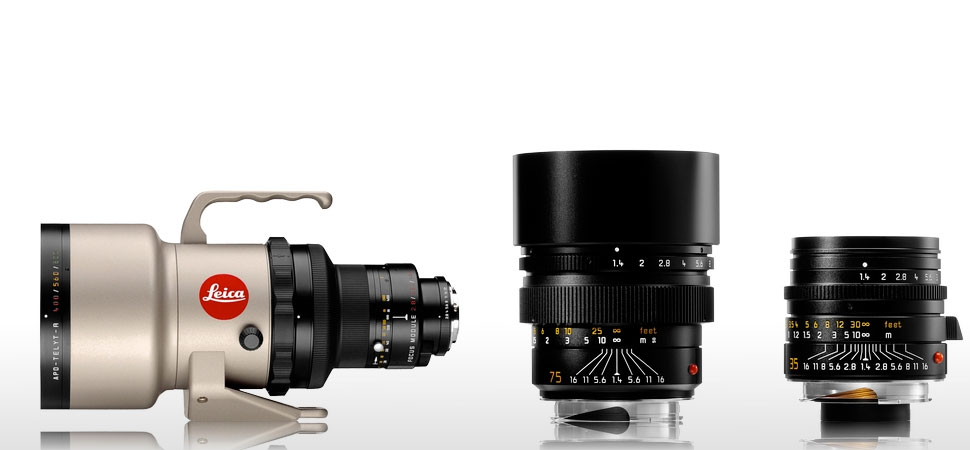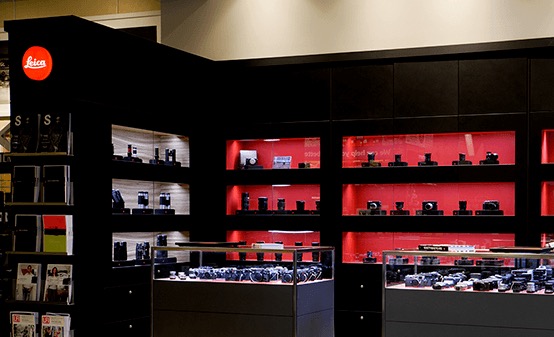-
50mm Summilux Serial Numbers카테고리 없음 2020. 2. 23. 10:39
SLRgear ReviewApril 3, 2012by Andrew AlexanderThe Leica 50mm ƒ/1.4 Summilux has a long legacy, with the first design being produced in 1959 (or 1960, or 1961, depending on where you read). Several designs have been produced leading to the current design, released in 2004, which features 8 elements in 5 groups, among which is an aspherical element.The 50mm Summilux uses Leica's M-mount, making it compatible with Leica cameras back to the M3, as well as several other manufacturers. It is a full-frame lens; when mounted on the sub-frame M8 camera, the lens produces an equivalent field of view of 65mm.The lens takes 46mm filters and features a short, built-in lens hood. The lens is hand-made by Leica in Germany: this may partially account for its hefty price tag of $4,000.To read our review of the Leica M9-P camera, including a shooter's report with the 50mm ƒ/1.4 Summilux,.SharpnessUnfortunately, for a $4,000 lens, results are somewhat soft when used wide open at ƒ/1.4; however, if you look across the field of offerings produced by Canon, Nikon and Carl Zeiss, you'll note that it produces the sharpest results between them all at this aperture. To produce sharp results at ƒ/1.4 is an engineering challenge, to say the least.
Stopped down, the Summilux produces sharper results, improving marginally until ƒ/4, where things start to get quite sharp, and we see some tack-sharp results at ƒ/5.6 and ƒ/8. Diffraction limiting sets in a ƒ/11, but you won't see it in practice; the lens fares very well all the way to ƒ/16.Chromatic AberrationThe 50mm ƒ/1.4 Summilux shows very good performance at avoiding any chromatic aberration: you would have to peep very hard at the pixels to see some slight magenta-blue fringing.Shading ('Vignetting')There is a significant amount of corner shading when using this lens at its wider apertures.

Specifically, when used wide open at ƒ/1.4, the extreme corners are a full stop darker than the center of the lens. This corner shading is reduced as the lens is stopped down, with 3/4 of a stop differential at ƒ/2, a half-stop at ƒ/2.8, and just over a quarter-stop at ƒ/4. At smaller apertures, the difference between the corners and the center hovers around a quarter-stop.DistortionThe 50mm ƒ/1.4 is designed in such a way as to produce almost no distortion: by the numbers, there is a tiny bit of pincushion distortion in the corners, but it is marginal at best.Autofocus OperationThe 50mm ƒ/1.4 Summilux is a manual-focus lens.

The front element does not turn during focusing, ensuring that attached filters will not rotate.MacroYou would not turn to this lens for macro work, as it produces only 0.09x magnification, with a minimum close-focusing distance of 70cm (just over 2 feet). Build Quality and HandlingThis is the first Leica lens we have tested at SLRgear, and once you play with one for a while you start to realize why it is so expensive. The lens is made almost entirely of metal (the focusing tab is plastic), accounting for substantial weight (480g / 16.9oz) - almost as heavy as the M9-P camera we were testing with.
The lens mount, as well as the 46mm filter thread, is metal.Leica lens designs are opposite to most current lenses, with the focusing ring positioned to be closer to the body, and the aperture ring (used for setting the aperture - some readers may never have seen one of these!) is positioned near the front of the lens. The aperture ring goes from ƒ/1.4 to ƒ/16, with half-stop settings in between. The lens offers both distance and depth-of-field scales, marked in feet and metres, however there is no infrared index marker.
The scales are etched into the lens and filled with paint. The lens itself is available in either aluminium with black finish (and slightly lighter, at 335 grams / 11.8 oz), with white and yellow numbers, or the chromed brass / silver finish with black and red numbers.After the aperture ring, the focusing ring is the only control surface, about 1/4' wide with thin raised ribs, offering an excellent manual focus experience. There are around 90 degrees of focusing throw, and the focus ring offers just enough resistance to let you find and hold the right position. In addition to the ring there is a small plastic tab which allows for greater control in using the ring.As an aside, it's worth noting that Leica M-series cameras use the rangefinder model of focusing, where the image that you see through the viewfinder is not the image that is coming into the lens. You focus by lining up two images until they merge to become one, which does take some getting used to.
In addition, since focusing is not 'through the lens', you have to be extra attentive to ensure you have removed the lens cap.The lens hood, as mentioned, is permanently built in to the lens. The hood extends away from the lens by about a half-inch and can be twisted to lock into position. The interior of the lens hood is ribbed to reduce flare.ConclusionOptically, the lens is excellent - even when comparing across platforms, and the build quality is something to behold.

In this case, so long as you don't need pesky modern conveniences like autofocus, you are paying a premium price for a premium lens. There's an old saying which might apply here: 'if you have to ask the price, you probably can't afford it.' ' However, Leica users, and propsective Leica users, have come to realize that Leica products hold their value, and produce images in a class all their own, making the lasting investment a worthwhile one. As appropriate, we shoot these with both full-frame and sub-frame bodies, at a range of focal lengths, and at both maximum aperture and ƒ/8. For the 'VFA' target (the viewfinder accuracy target from Imaging Resource), we also provide sample crops from the center and upper-left corner of each shot, so you can quickly get a sense of relative sharpness, without having to download and inspect the full-res images.
Serial Numbers Nero
To avoid space limitations with the layout of our review pages, indexes to the test shots launch in separate windows.